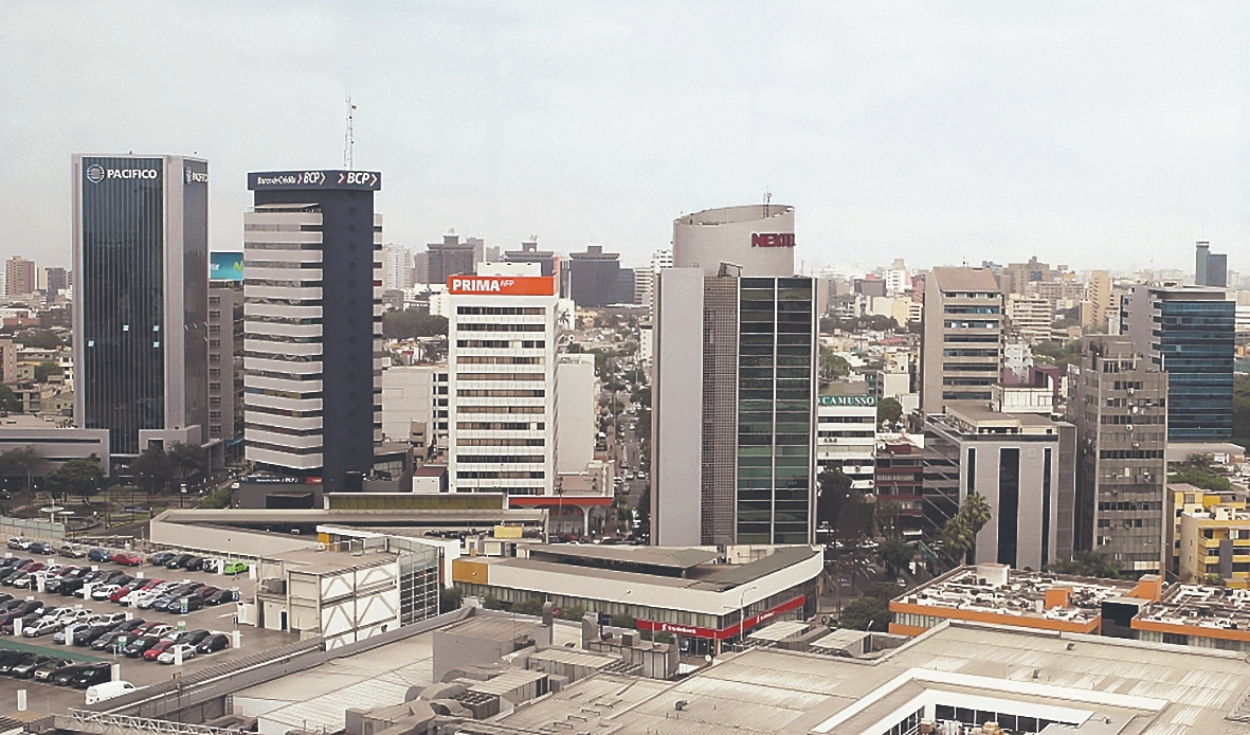
In order to promote access and competition in financial services in Peru, the Ministry of Economy and Finance (MEF) is preparing a proposal to diversify banking.
“We have to compete more. We do not want financial services to be monopolized by two or three banks. We have to open the sector, for example, in the transfer of money, which is monopolized by two companies,” he mentioned before the Congressional Oversight and Comptroller Commission. This measure is within the request for the delegation of legislative powers requested from Congress for the reactivation of production.
An unexpected message
Economist and teacher José Távara describes Arista’s statements as surprising, since they come shortly after the World Bank warned about the damage generated by monopolies and business political influence in the future of the regional economy—a situation that is not known. We are exempt.
“The World Bank clearly says that in Latin America, and obviously Peru, a small group of large super companies coexist that have market power, and at the other extreme, you have small and weak companies, which cannot develop and progress due to monopoly power, oligopoly and monopsony that (the concentrates) exercise,” he stated for La República.
According to data from the SBS, four banks concentrate just over 80% of loans and deposits: BCP, BBVA, Scotiabank and Interbank.
And, of this handful, the BCP is the one that captures the most part of the pie, with ratios of 35% to 40% for large and medium-sized corporate sectors. It is followed by BBVA, with rates of up to 30% in medium-sized companies, and Scotiabank, with 20% at the corporate level.
Távara points out that Arista is not discovering gunpowder, but gives a nod to addressing a structural problem that affects everyone.
For example, the spread is one of the most tangible effects of financial concentration—that is, the difference between the rate a bank charges us for lending to us and what it gives us for depositing our money. In the midst of the pandemic, the figure was this: for S/2,000 that we saved in the BCP, we will only earn S/4.00 in a year; and if we ask for the same amount, they will charge us S/928 annually. The situation has not changed that much.
“Banks kill their potential competitors by absorbing them. It already happened with Confianza, which was acquired by BBVA or Mibanco, which is part of the BCP group. Mergers must be controlled,” said Távara.
Arista: not everything is about lowering taxes
The official assured that one should be cautious with requests to lower the tax rate in some sectors, because, although it is an incentive to attract investments, these reductions are not the formula to recover the path of growth. “Experience shows that this is not the case,” he asserted.
On the other hand, he considered that the 6.0% interest rate set by the BCRP “is high”, and he hopes that inflation will consolidate so that this indicator will go down and thus there will be more opportunities to consolidate the financial system and lower the price. credit that Peruvians have access to: mortgages and cards, for example.
Source: Larepublica
Alia is a professional author and journalist, working at 247 news agency. She writes on various topics from economy news to general interest pieces, providing readers with relevant and informative content. With years of experience, she brings a unique perspective and in-depth analysis to her work.












